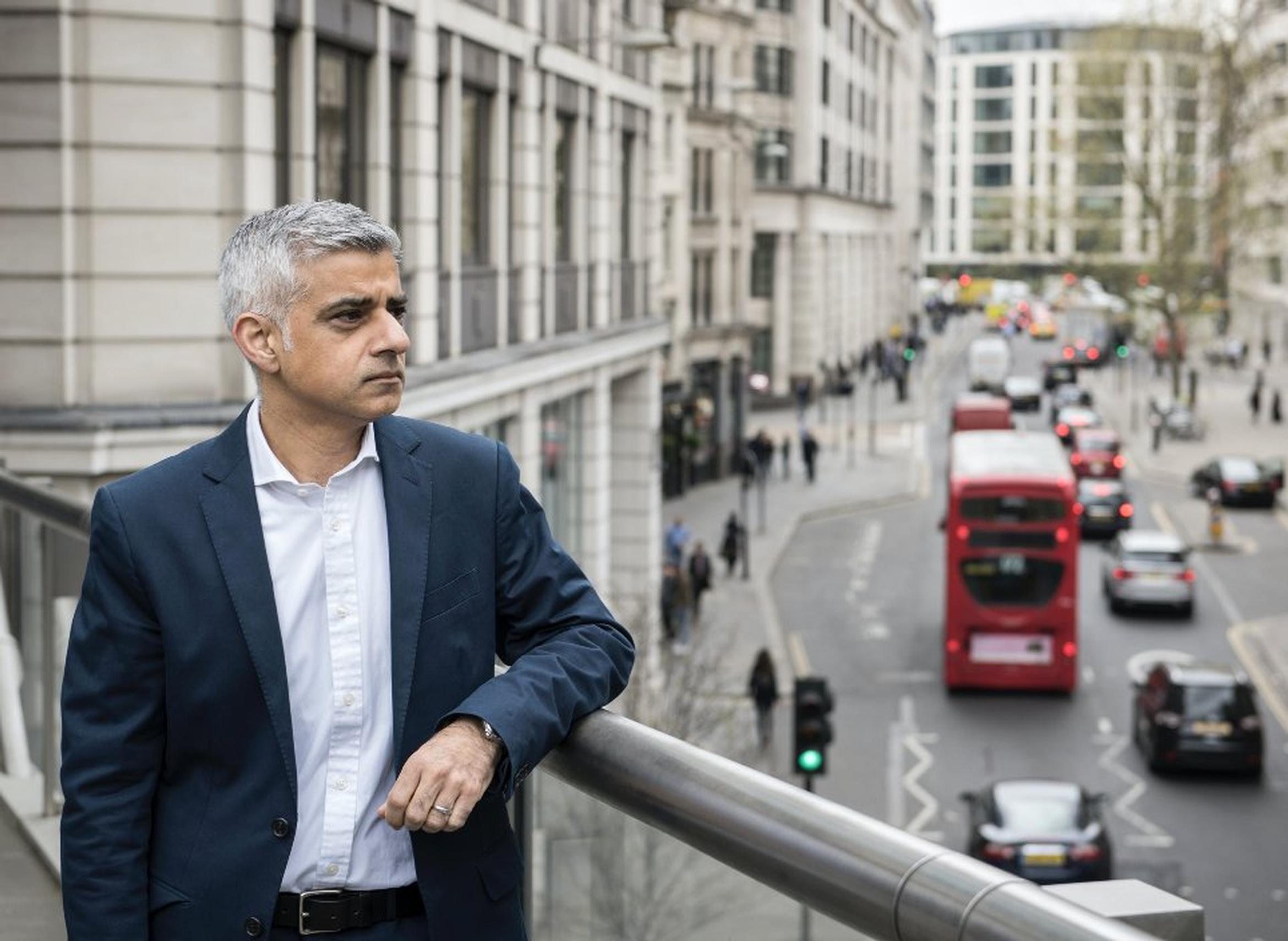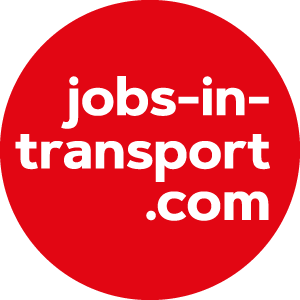
Element Energy proposes new driving charges as routes to net zero in London
‘Green pathway’ measures needed now to tackle climate crisis, improve air quality and cut congestion, says Mayor of London
by Deniz Huseyin
Wednesday 19 January 2022

Mayor of London Sadiq Khan
Mayor of London Sadiq Khan has proposed a set of measures – including extending the Ultra Low Emission Zone (ULEZ) to cover all of Greater London and a small charge for non-London registered vehicles entering Greater London – in a bid to ensure that the capital meets its net zero target by 2030.
A report by Element Energy, commissioned by the Mayor, analyses four different “pathways” to net zero, looking at the different ways London can reduce emissions. All the pathways could accelerate action and radically reduce carbon emissions with the right ambition, leadership, powers and funding, the report suggests.
The Mayor has proposed a set of measures based on the “Accelerated Green pathway”, which includes a 27% reduction in car vehicle kilometres travelled by 2030 and the end of fossil fuel car and van sales by 2030. It would also require a cut of nearly 40% in the total heat demand of buildings, requiring over 2 million homes and a quarter of a million non-domestic buildings to become properly insulated and 2.2 million heat pumps to be in operation in London by 2030.
To meet the 27% reduction in car vehicle miles, London would need a road user charging system implemented by the end of the decade at the latest, says the report. This would mean abolishing all existing road user charges – such as the Congestion Charge and ULEZ – and replacing them with a “simple and fair” scheme. Drivers would pay per mile, with different rates depending on how polluting vehicles are, the level of congestion in the area and access to public transport. It is likely there would be exemptions and discounts for those on low incomes and with disabilities, as well as consideration around support for charities and small businesses, says the report.
However, Khan notes that the technology required for such a scheme is still years away from being ready. Urgent action is needed now in the face of the climate crisis and the damaging impact of air pollution, he says. A number of policies could be ready within the next few years, he suggests, which would encourage a significant shift away from polluting cars to public transport and active travel, and electric vehicles where necessary.
Possible approaches under consideration are:
- Extending the Ultra Low Emission Zone (ULEZ) even further beyond the north and south circular roads to cover the whole of Greater London, using the current charge level and emissions standards.
- Building on the existing ULEZ scheme, adding a small clean air charge for all but the cleanest vehicles.
- A small clean air charge: a low-level daily charge across all of Greater London for all but the cleanest vehicles to nudge behaviour and reduce the number of short journeys by car
- Introducing a Greater London boundary charge, which would charge a small fee to non-London registered vehicles entering Greater London, responding to the increase in cars from outside London travelling into the city seen in recent years.
The report warns that if extreme temperatures and flooding get worse, a quarter of London’s rail stations, one in five schools, nearly half of London’s hospitals and hundreds of thousands of homes and workplaces will be at risk of flooding in the future.
The capital has seen a shift to driving during the pandemic with the cost of congestion rising to over £5bn last year, leading to gridlocked roads and toxic air pollution. The number of miles being driven in the capital has increased in recent years, despite statistics showing that more than a third of car trips in London could be made in under 25 minutes by walking, and that two-thirds could be cycled in less than 20 minutes.
The toxic air pollution being caused by London traffic is leading to nearly 4,000 premature deaths a year and children growing up with stunted lungs, says the report. If no additional action is taken to reduce air pollution beyond the existing polices, around 550,000 Londoners would develop diseases attributable to air pollution over the next 30 years and the cumulative cost to the NHS and the social care system is estimated to be £10.4 billion, it estimates.
In the wake of the report, the Mayor and TfL have launched a consultation with Londoners, local government and businesses. Subject to consultation and feasibility, the measures would be implemented by May 2024.
Sadiq Khan said: “This new report must act as a stark wake-up call for the Government on the need to provide much greater support to reduce carbon emissions in London. It’s clear the scale of the challenge means we can’t do everything alone.
“But I’m not willing to stand by and wait when there’s more we can do in London that could make a big difference. We simply don’t have time to waste. The climate emergency means we only have a small window of opportunity left to reduce carbon emissions to help save the planet, and, despite the world-leading progress we have made over the last few years, there is still far too much toxic air pollution permanently damaging the lungs of young Londoners.”
Join us now and read the rest of this Post.
Register now to read moreYou can find out more about our services here
Related articles
My New Year wishes for UK transport
As we enter what is set to be another significant year of change and upheaval in the world of local transport, LTT thought it would be interesting to ask some o
Are transport specialists practising self-deception?
One of the topics explored at the Local Transport Summit was how the expectations of ‘transport professionals’ in planning for the future compare with those of
New thinking on rail appraisal should extend across the modes
David Metz took a closer look at the underpinning analysis behind the government’s recent Integrated Rail Plan for the North and Midlands. He found a new set of
Time to act on pavement misuse
Glenn Lyons is fed up with waiting for promised government action to control the abuse of pavements by motorists and motoring. He wants 2022 to be the year that
Misplaced understanding about street safety is not an accident
In his latest regular contribution John Dales focuses on how the real cause of deaths and injuries on urban roads has been inadequately recognised. He hopes new
Technology brings challenges as well as benefits
Peter Stonham, Editorial Director, Local Transport Today




